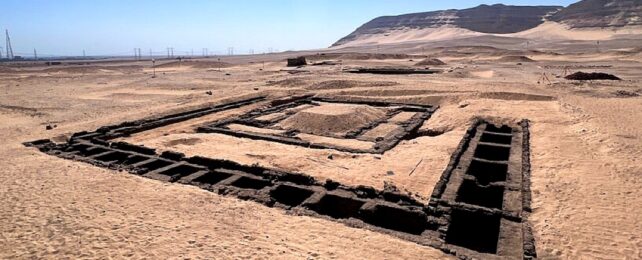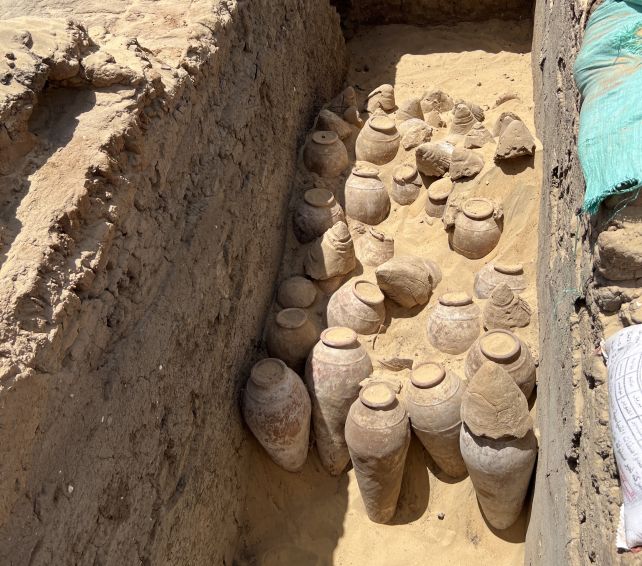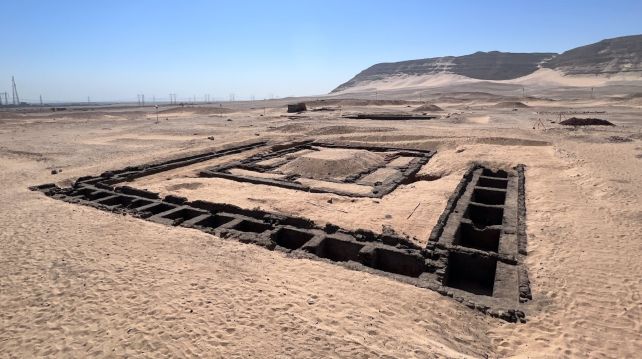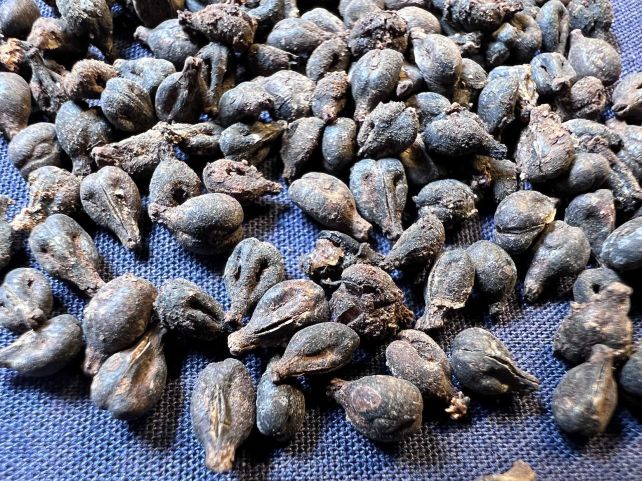
Why would you want to drink boggy old sarcophagus juice when there are more palatable tomb beverages to hand?
In the tomb of the First Dynasty Egyptian queen Meret-Neith, archaeologists have uncovered a wealth of grave goods that includes hundreds of large wine jars – some of which still sealed. These funereal riches, they say, bolster the case that she was a person of great significance, maybe even Egypt's first female pharaoh.
Meret-Neith lived some 5,000 years ago, serving as queen of Egypt some time around 2950 BCE. She was, at the very least, queen-consort and regent. She may have been a ruler in her own right – a pharaoh – but archaeologists have been unable to determine her position with certainty. The first queen known to assume the full royal titulary was Sobekneferu, a millennium later.

There is certainly evidence of Meret-Neith's importance in her tomb, at the royal necropolis of Abydos. She was buried amid the final resting places of male pharaohs, and her own tomb was of comparable size and richness. She was likely the most powerful woman of her time.
An international team of archaeologists led by Christiana Köhler of the University of Vienna and working with the Egyptian Ministry of Tourism and Antiquities is currently working on discovering more of the lavish monument in which Meret-Neith was buried so many years ago.

In addition to the wine jars, which were found to contain grape seeds and the remains of the wine that they once held, the researchers discovered inscriptions declaring that Meret-Neith was responsible for important offices, such as the royal treasury. This adds to previous evidence of the queen's significance.
And new archaeological technologies were used to better understand the way the burial monument was built. Meret-Neith's funereal complex, built of unbaked brick, clay, and wood, included the tombs of 41 courtiers and servants who were interred with her.

The analysis, the researchers say, shows that this was not built all at once, but in stages over a long period of time. This suggests these burial buddies may not have been slain as ritual sacrifices after all, but laid to rest with the queen, perhaps as an honor, after they had lived their lives.
Work on the tomb is ongoing, in the hopes of discovering more about this mysterious queen, who remains mesmerizing even many thousands of years after she walked this Earth.





No comments:
Post a Comment